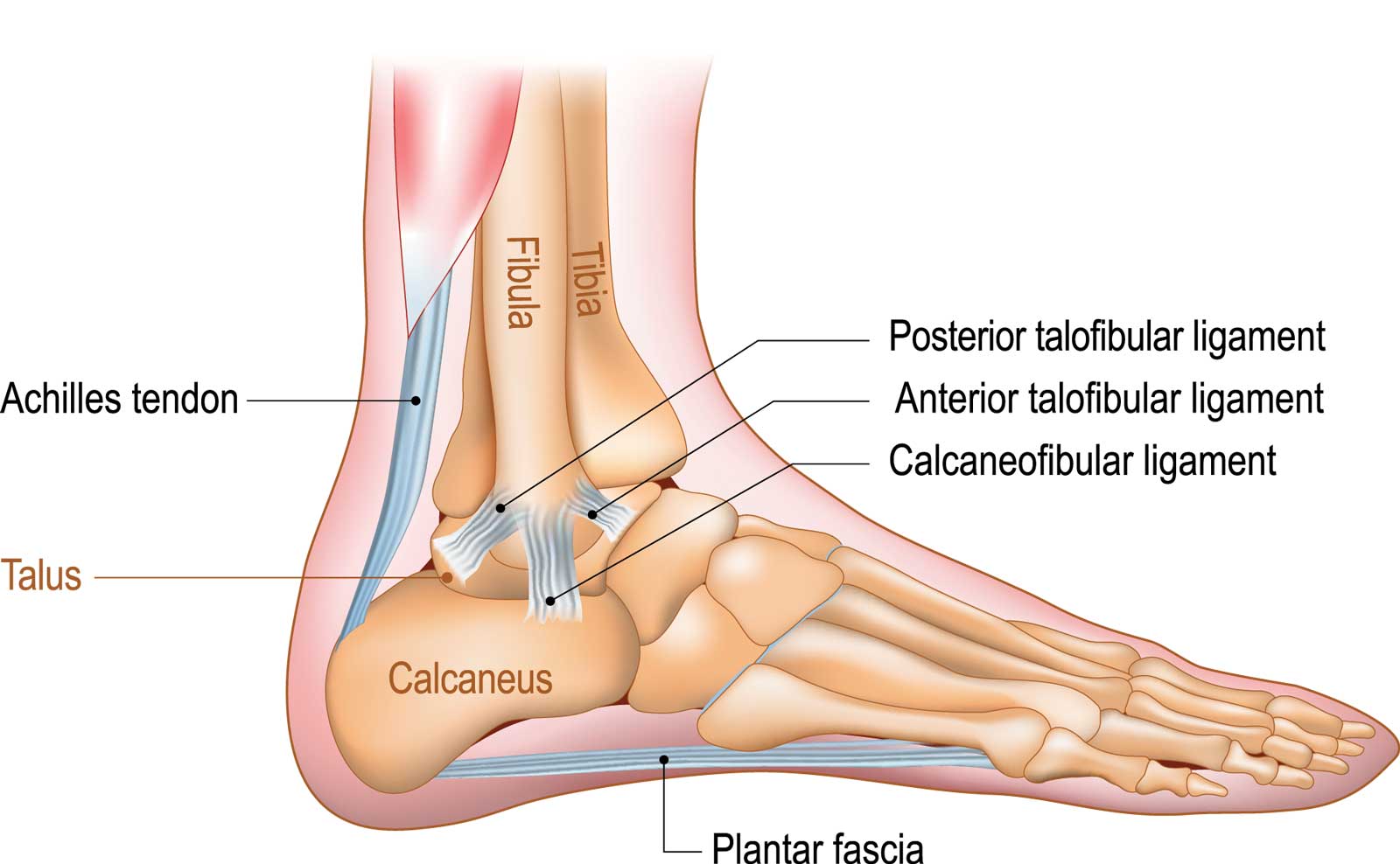What is an Achilles Tendon Rupture?
An Achilles tendon rupture is a complete or partial tear of the strong fibrous cord that connects the calf muscles to the heel bone. The Achilles tendon is the largest and strongest tendon in the body and is crucial for walking, running, and jumping. Despite its strength, the Achilles tendon is vulnerable to injury, particularly in athletes and active individuals.

What Causes an Achilles Tendon Tear
Achilles tendon ruptures or tears typically occur during high-impact or high-stress activities that involve sudden movements or changes in direction. Common scenarios include pushing off forcefully to start a sprint, abruptly stopping or changing direction, or landing awkwardly from a jump. If any of these actions create a force that exceeds the tendon's capacity, a rupture can occur.
Age plays a significant role, with ruptures being more common in middle-aged adults, particularly men. This is partly due to the natural weakening of the tendon over time, as well as participation in sports, especially those involving running, jumping, and sudden starts and stops — such as basketball, pickleball, tennis, or football. It is important to understand your limits as you age. If your job requires you to sit for much of the day, remember to take it slow when trying new athletic activities — even if you were once a high level athlete. After year of sitting, the Achilles tendon, as well as your other joints, may not have the same level of flexibility or strength they once had.
Certain medical conditions, such as gout or rheumatoid arthritis, can also weaken the tendon and make it more susceptible to rupture.
Symptoms of Achilles Tendon Rupture
The symptoms of an Achilles tendon rupture are often sudden and unmistakable. Many patients report hearing or feeling a "pop" or "snap" in the back of their ankle at the moment of injury, which is typically followed by sudden, severe pain in the back of the ankle or lower leg.
After the initial injury, people usually experience significant pain and swelling near the heel. Walking becomes difficult or impossible and attempting to stand on tiptoes is usually not possible on the affected side.
It is possible to have a partial tear of the Achilles tendon which will lead to less severe symptoms. Some individuals may even be able to walk. However, this does not mean the injury is less serious, and medical evaluation is still crucial to prevent a complete rupture if you return to activity too soon.
Diagnosis and Evaluation
Our orthopedic specialists use a combination of physical examination and diagnostic imaging to confirm the extent of the tear.
During the physical examination a "Thompson test" may be used to assess the injury. In this test, the patient lies face down with their feet hanging off the edge of the examination table. The doctor gently squeezes the calf muscle. If the Achilles tendon is intact, the foot should move. If there's no movement when the calf is squeezed, it suggests a rupture.
While the diagnosis can often be made based on the clinical examination alone, imaging studies like an Ultrasound or MRI may be used to confirm the diagnosis or to plan the treatment.
Treating a Torn Achilles
Treatment for Achilles tendon ruptures can be either non-surgical or surgical, depending on various factors including the patient's age, activity level, and severity of the rupture.
The primary non-surgical treatment option for an Achilles Rupture involves immobilizing the ankle in a cast or special boot with the foot pointed downward. This position brings the ends of the ruptured tendon closer together, allowing them to heal.
If surgery is necessary, the surgeon makes an incision in the back of the lower leg to access the Achilles tendon and stitches the tendon back together. In some cases, particularly if there's a gap between the torn ends or if the rupture is older, the surgeon may need to use a tendon transfer from another tendon in your leg to reinforce the repair.
Both surgical and non-surgical treatments are followed by a period of physical therapy rehabilitation to gently increase range of motion, flexibility, and strength of the repaired tendon.
Recovery from a torn Achilles can take 4-6 months or even longer, depending on the severity of the injury, the treatment method, and the level of activity to which the patient is trying to return.
Prevention Strategies
While not all Achilles tendon ruptures can be prevented, certain strategies can help reduce the risk. These include maintaining good flexibility through regular stretching, gradually increasing the intensity and duration of exercise routines, wearing appropriate footwear for your activities, and being cautious when starting new sports or exercise programs, especially if you're middle-aged or older.
